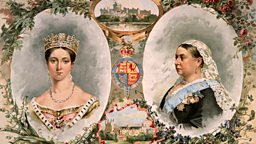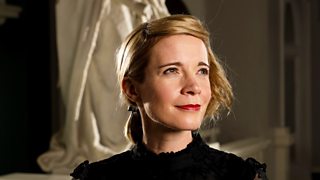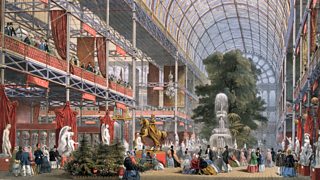Six fascinating facts about Queen Victoria
Queen Victoria reigned from 20 June 1837 until her death on 22 January 1901 - the longest reign of any British monarch except for the current Queen Elizabeth II.
24 May 1919 marks the centenary of the Queen Victoria's birth. Lucy Worsley, chief curator at Historic Royal Palaces, presents a 10-part exploration of Queen Victoria's reign through significant encounters in Radio 4's Encounters with Victoria.
Here are just a few of the interesting facts about Victoria Lucy discusses...
1. Victoria became Queen aged 18 and three-weeks old
While her uncle William IV was dying, lots of important people came to try to find out who Victoria was – but it was largely a mystery as she’d been kept so isolated.
Kensington Palace where Victoria grew up was like a prison to her. She was lonely and kept in what she felt were conditions of hardship. People controlled her food, her personal freedom and kept her under surveillance.
Victoria wasn’t allowed to sleep by herself – she always had to sleep with her mother. She also wasn’t allowed to go down the stairs without somebody holding her hand to make sure that she didn’t slip and hurt herself.
Victoria found this very chafing and relished her new-found freedom from such restrictions when she ascended the throne, aged just 18 years and 3 weeks old.
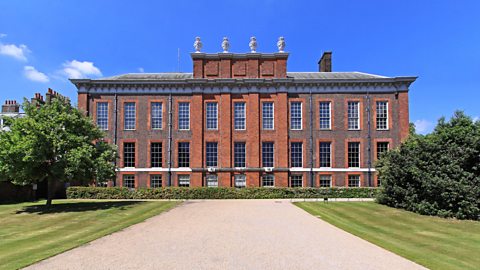
Queen Victoria's time at Kensington Palace
Queen Victoria grew up at Kensington Palace, which sometimes felt like a prison to her.
2. Victoria kept a journal every day
The idea of Queen Victoria keeping a journal every day grew out of something she had to do as a child. This was to write down, in a book, how well she behaved every day for her mother to judge – and sometimes it was not good.
On one level Queen Victoria was expecting her journal to be read, initially by her mother, later by her governess, ultimately by the world, by posterity. The trouble is the originals are lost.
A transcription was made by her daughter Beatrice, but Beatrice didn’t do her work terribly carefully. She missed stuff out through haste, or she slightly massaged the evidence – including on Victoria's ascension day.
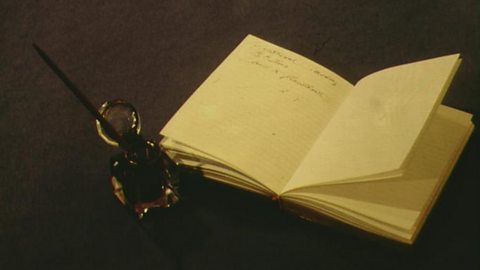
Queen Victoria's diaries
Queen Victoria was expecting her journal to be read, but the originals are lost.
3. What happened when Victoria didn’t need a governess anymore?
On 23 September 1842, Victoria’s old governess, Louise Lehzen, slipped away from Windsor Castle without saying goodbye.
Lehzen had been a second mother to Victoria, instilling her with stiff, possibly inflexible, standards. By the time Victoria was 15 it was thought she didn’t really need a governess anymore, so the Duchess of Kent (Victoria’s mother) and Sir John Conroy hatched a plot to get rid of Lehzen and replace her with Lady Flora Hastings.
Victoria was horrified and refused to let it happen.
Lehzen later fell out with the increasingly powerful Prince Albert, who’d taken over the running of the Royal Household. He hadn't been entirely happy about Lehzen being kept on, or with her influence over their children. The final straw came when Lehzen called in the royal doctor James Clark to tend to Victoria and Albert’s daughter Vicky. He was notorious for his misdiagnosis and when this happened again, it resulted in Vicky being ill for a long time.
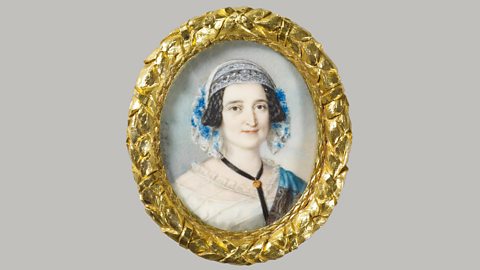
What happened after Victoria didn’t need a governess anymore?
Victoria’s old governess, Louise Lehzen had been a second mother to Victoria.
4. Victoria's dressers knew secret details about the Queen
Being a dresser was more a lifestyle than a job. The dressers were like a little invisible army of people who kept Queen Victoria together.
One of the team was required to sleep in a little private bedroom alongside the Queen’s every night, in case a last minute emergency need cropped up. They would be up before and go to bed after the Queen, and ensure all the management behind the scenes of keeping the Queen’s image just right for every occasion went smoothly.
The dressers developed intimate knowledge about the Queen – including secret details on the nature of her health, such as her ventral hernia (probably a result of her having nine children). This ailment only became apparent to most people (including her own doctor) when she died.
Nowadays this can be rectified by surgery, but at the time it would have been a thing that the Queen secretly managed with the complicity of her dressers. Perceptions of Queen Victoria as fat were thus partly as a result of the condition, and she would not have been able to wear a tight corset.
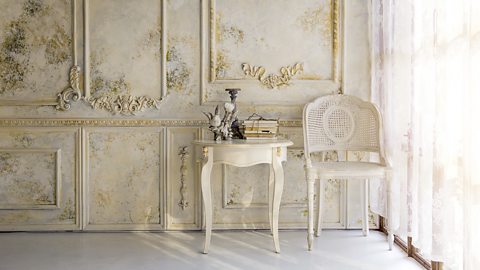
Victoria's dressers knew secret details about the Queen
The Queen's dressers became almost her friends, developing intimate knowledge about her.
5. Queen Victoria was a skilled Highland Reeler
There’s a niche in the side of the ballroom at Balmoral, which is where the royal party were supposed to sit and watch the dancing on a tartan-covered chair, but Victoria didn’t stay there – she loved dancing.
The so-called Ghillies Balls (which still happen at Balmoral twice a year) had people dressed in kilts and bagpipers piping, and Victoria would join in.
Victoria was a skilled Highland Reeler (a Scottish dance), even taking lessons at it. Prince Albert on the other hand was less keen on all of this. He thought that there was far too much whisky consumed, including by his wife, and he thought that the thing looked like a witches dance.

Queen Victoria was a skilled highland reeler
Victoria was very fond of dancing at the whiskey-fuelled balls at Balmoral.
6. Queen Victoria shared a special trait with Florence Nightingale
Queen Victoria and Florence Nightingale were born one year apart, and both were interested in the other. Florence Nightingale had been in every newspaper and was, in a sense, the first female modern celebrity.
In 1856, Florence Nightingale went to Balmoral to meet Queen Victoria. The Crimean War had ended earlier that year, during which more British soldiers died from infectious disease like typhus or dysentery than were actually were killed by bullets.
Florence Nightingale was devoted to the plight of the common soldier, and despite being a Republican, she wanted Victoria’s influence brought to bear on getting the government to bring in a major health reform for the whole of the army medical department.
Within 10 minutes of their meeting, Queen Victoria asked for Prince Albert to come in and take over the conversation to some extent - Nightingale later said she thought the Queen was the least self-reliant person she’d ever met!
Despite their seeming differences, both women had similarities in being forced to have to live with the consequences of being seen as ‘un-womanly’. Queen Victoria for being the Queen, and Florence Nightingale by getting a job and becoming a celebrity.
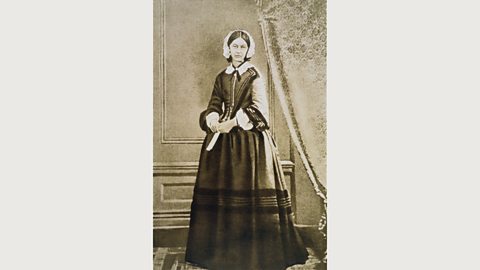
Victoria's meeting with Florence Nightingale
In 1856, Florence Nightingale went to Balmoral to meet Queen Victoria.
More from Radio 4
-
![]()
Encounters with Victoria
Lucy Worsley presents a ten-part exploration of Queen Victoria's reign through significant encounters.
-
![]()
In Our Time: Victorian collection
Browse the Victorian era within the In Our Time archive.
-
![]()
The real historical events that inspired Game of Thrones
True historical incidents and characters that helped inspire George R. R. Martin.
-
![]()
Flavoursome facts about blending
Why do we blend tastes and smells?
